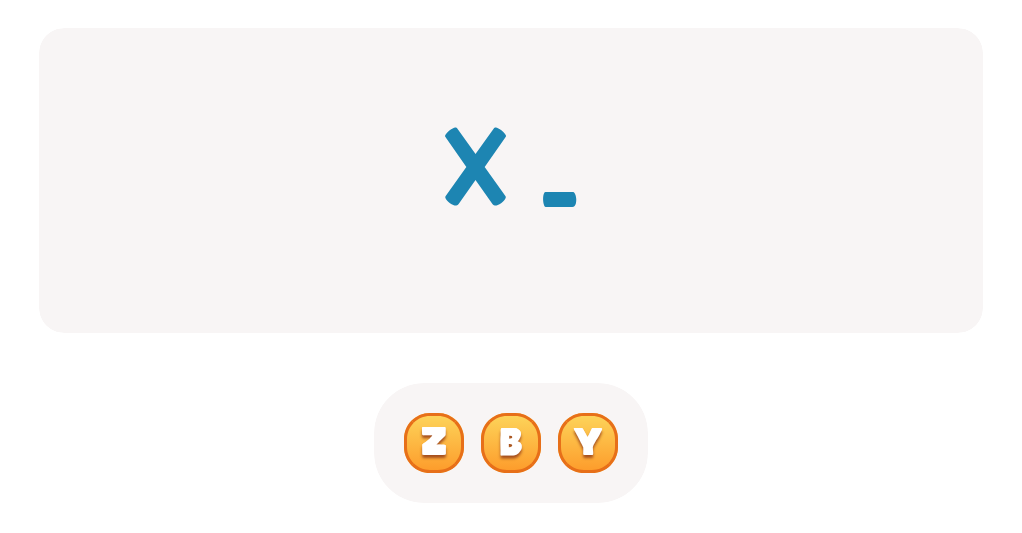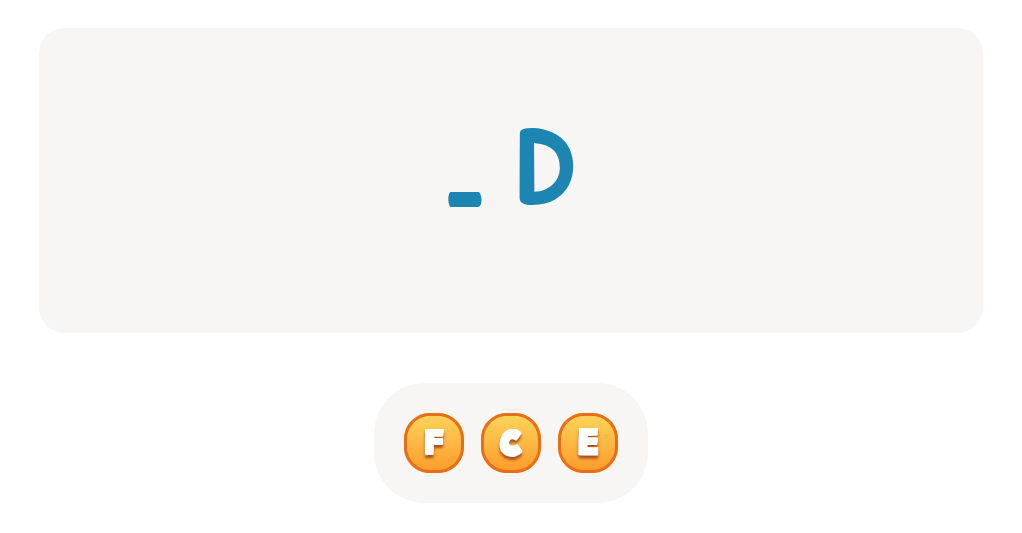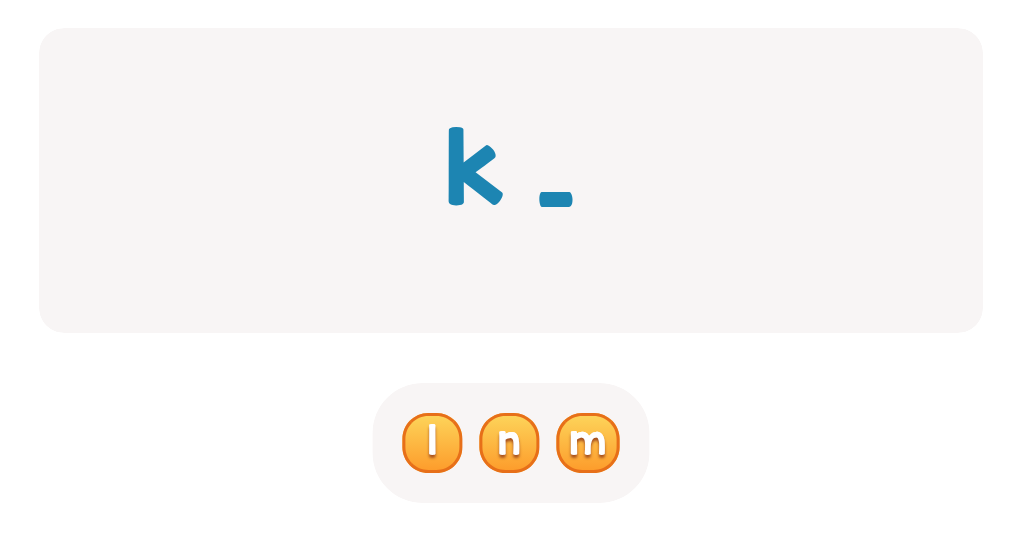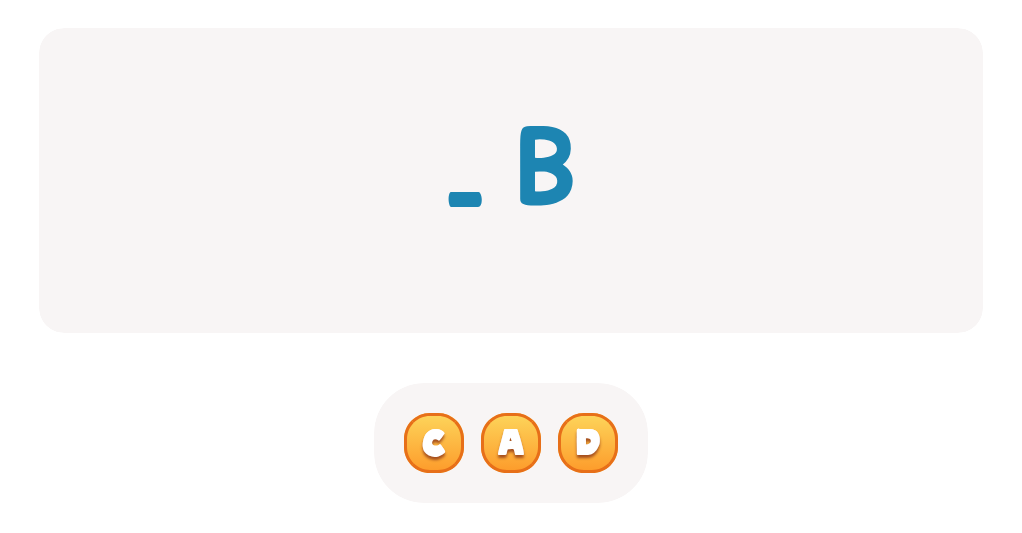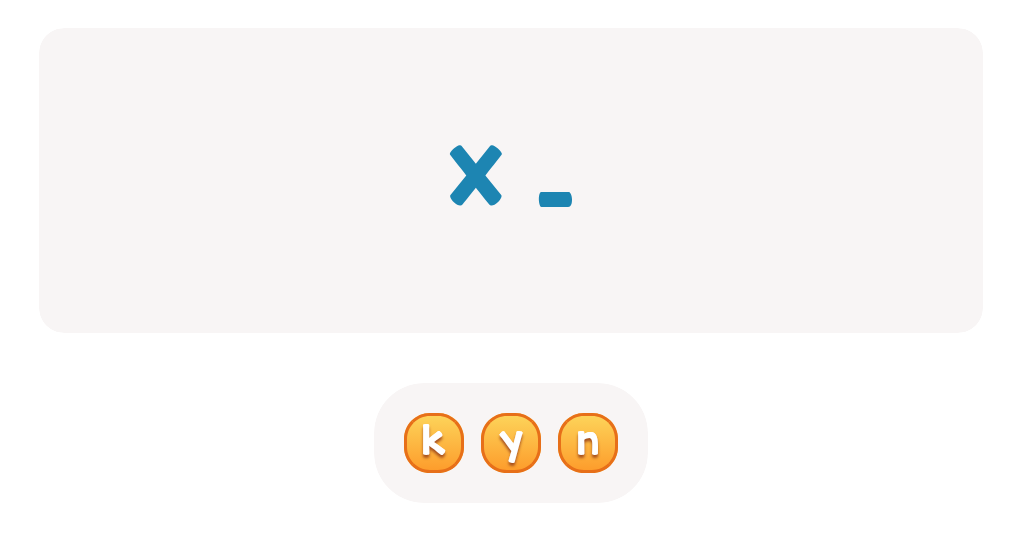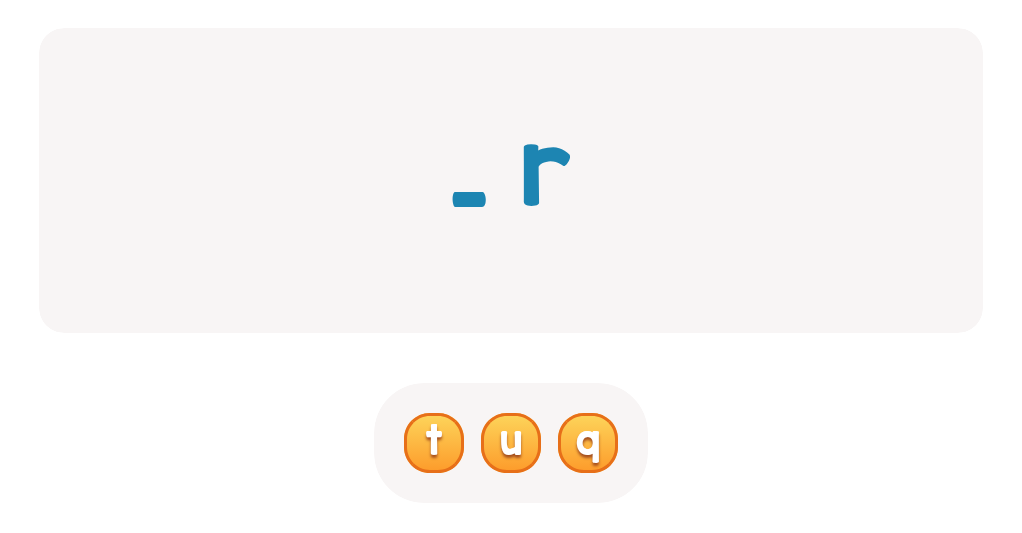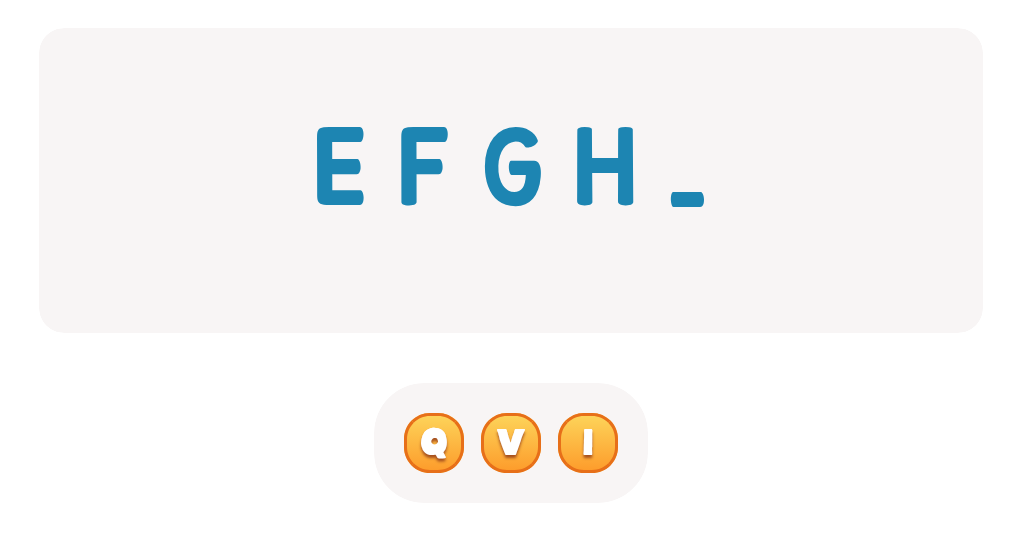Visual discrimination skills Upper & Lowercase Letters Worksheets for 6-Year-Olds
4 filtered results
-
From - To
Boost your 6-year-old's visual discrimination skills with our engaging Upper & Lowercase Letters Worksheets! Designed specifically for young learners, these worksheets offer fun activities that help children distinguish between uppercase and lowercase letters. Through a variety of colorful exercises, kids will enhance their ability to recognize letter shapes and differences, which are crucial for reading and writing success. Our resource fosters not only cognitive development but also fine motor skills as children trace, match, and identify letters. Perfect for home or classroom use, these worksheets provide an enjoyable way to build foundational literacy skills in a supportive and creative environment.


Find Uppercase Letters A, B, and C Worksheet
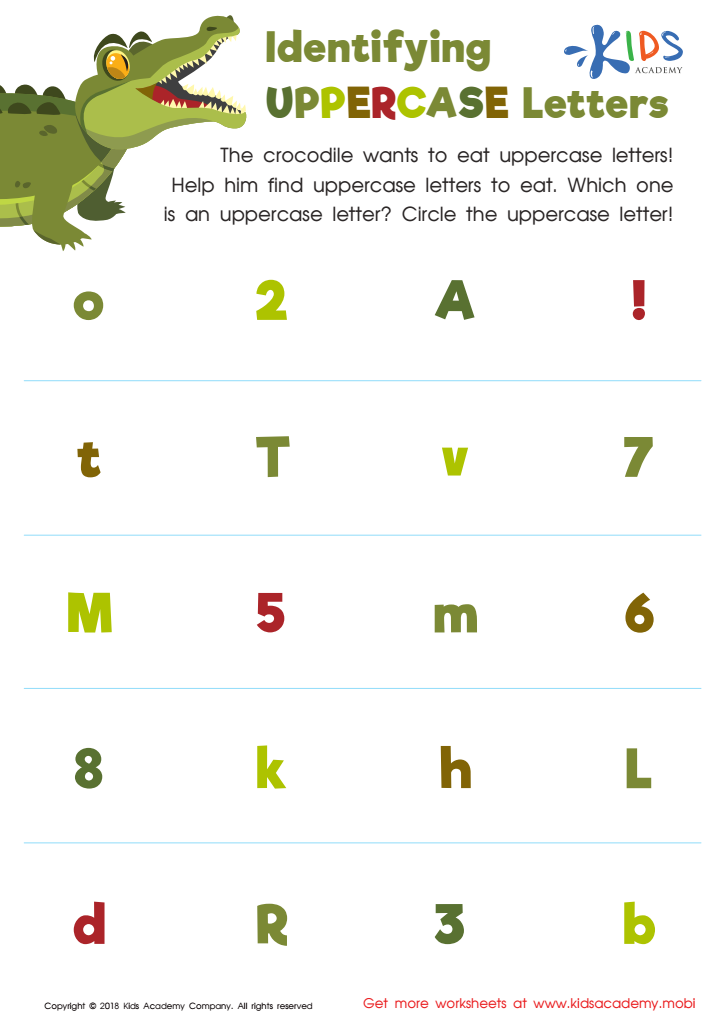

Identifying Uppercase Letters Worksheet
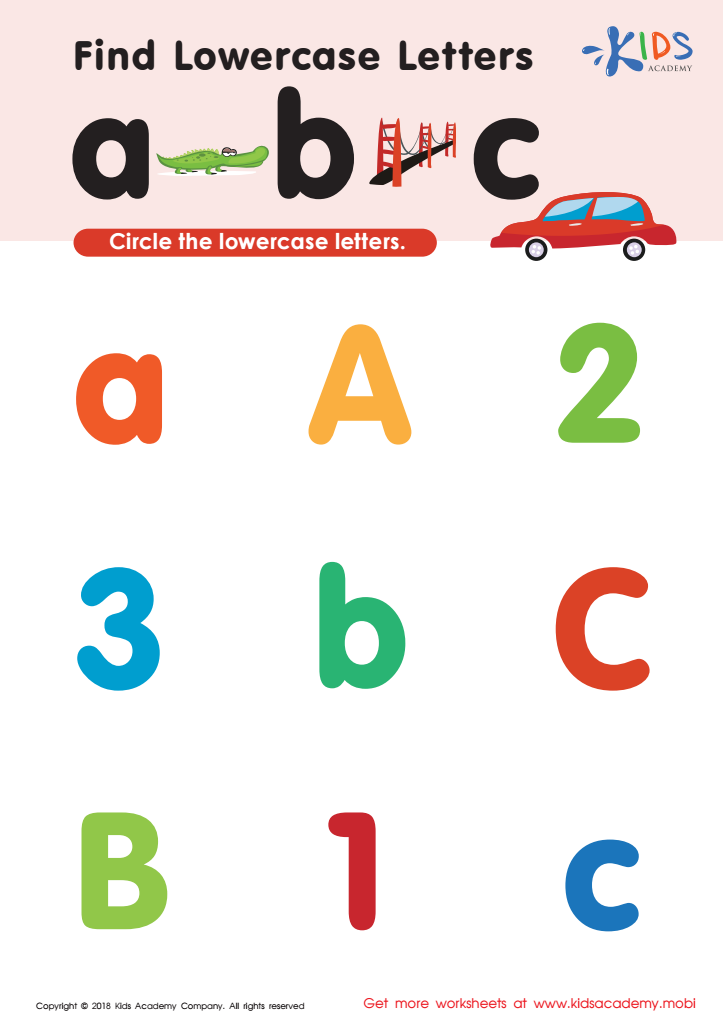

Find lowercase letters a b c Worksheet
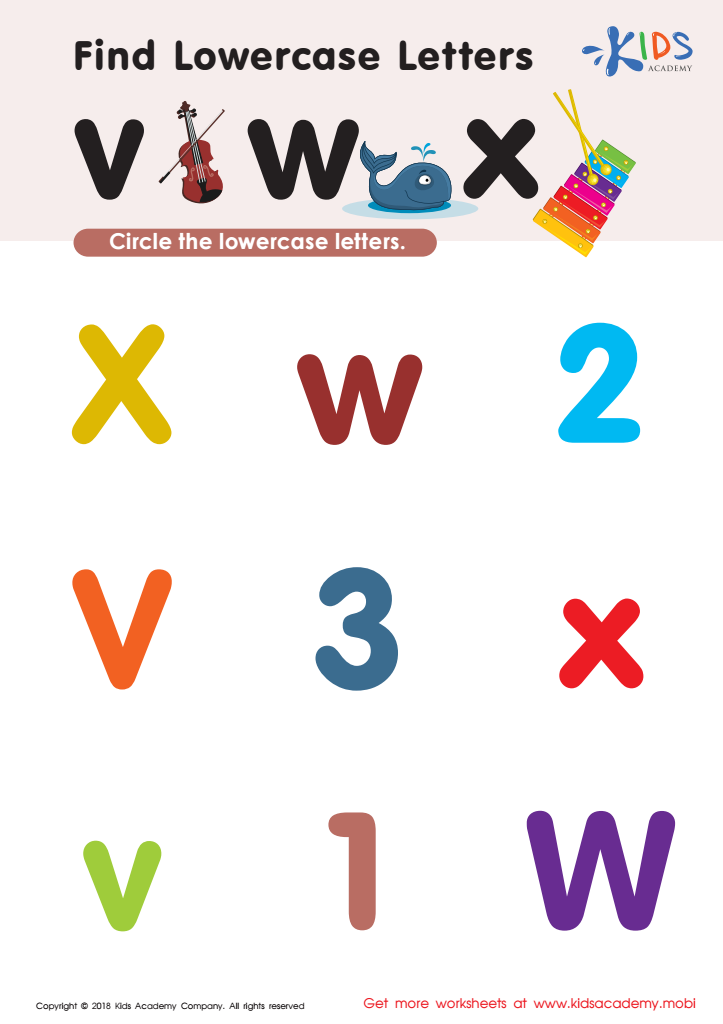

Find Lowercase Letters v w x Worksheet
Visual discrimination skills are crucial for young learners as they form the foundation for literacy development. For 6-year-olds, particularly, the ability to distinguish between uppercase and lowercase letters is essential for reading and writing proficiency. When children can effectively identify differences and similarities in letter shapes, they are better equipped to recognize words and understand their meanings.
Parents and teachers should prioritize these skills because they directly impact a child’s confidence and academic success. Mastering visual discrimination enables children to correctly identify words, reducing frustration in reading tasks and promoting a love for books. This skill also aids in handwriting, as recognizing distinct letter forms helps in proper letter formation.
Additionally, enhancing visual discrimination can have broader cognitive benefits, including improved memory and attention to detail, which are vital in all learning areas. By fostering these skills through engaging activities and games, adults can ignite a child’s interest in learning while building critical foundational competencies. In the long run, strengthening visual discrimination skills will empower children, equipping them with the tools needed for lifelong learning and communication in a literate society. Consequently, supporting children in this area is an investment in their educational journey.
 Assign to My Students
Assign to My Students
